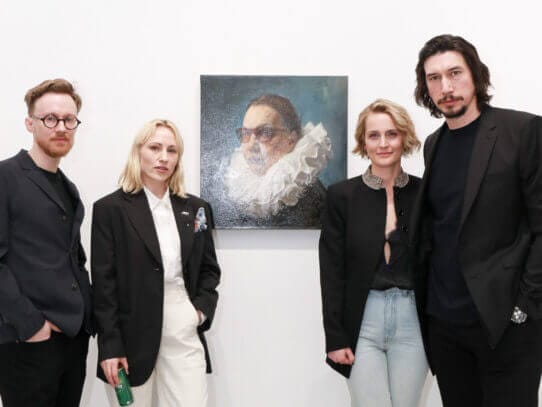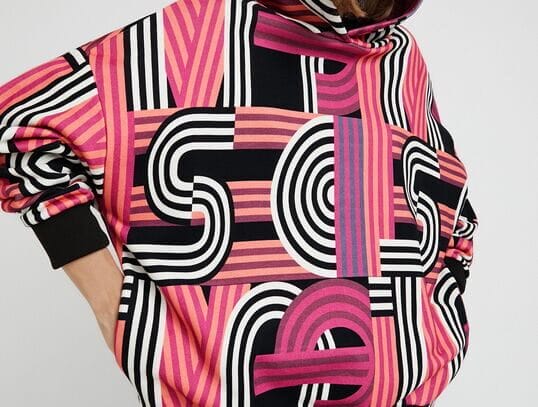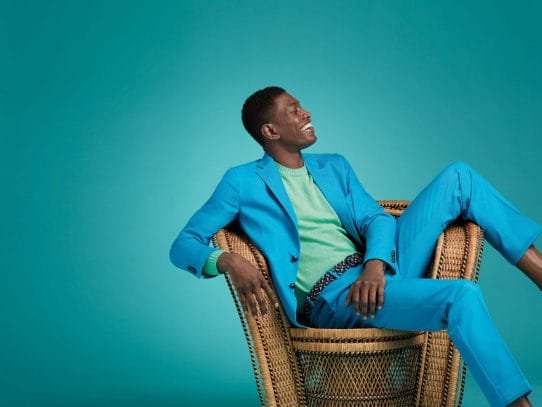Lagos Space Programme
Africa: The Bedrock of Civilization and Fashion
Africa, the cradle of civilization, is not only where humanity began but also where the foundations of fashion and apparel were laid. Long before the rise of modern society, the people of Africa were pioneers in the creation of clothing—a practice that evolved in tandem with the development of human culture and identity. As early as 170,000 years ago, the ancestors of modern humans began using leather hides, plant fibers, and animal furs to cover their bodies, giving rise to the first forms of apparel. These garments were not merely functional; they also carried deep cultural significance, symbolizing status, gender, and belonging within early African societies.
Men, women, and children each had distinctive attire that reflected their roles and positions within the community. For example, the earliest garments were often simple wraps made from animal skins or woven plant fibers, designed to protect against the elements. However, as time passed, African societies began to experiment with more sophisticated textiles, including cotton, linen, and wool. These materials were woven into elaborate patterns and dyed using natural pigments, giving rise to the rich and diverse textile traditions that are still celebrated today.
The Evolution of African Apparel and Style
As African societies developed, so too did their fashion. The continent became a hub of innovation, with various regions producing unique styles and textiles that would influence the world for millennia. From the intricate beadwork of the Maasai in East Africa to the brightly colored Kente cloth of the Ashanti in West Africa, African fashion has always been a testament to the creativity and craftsmanship of its people.
Leather hides, cotton, linen, and wool were among the earliest materials used, but it was the development of creative textiles that truly set African fashion apart. Techniques such as tie-dye, weaving, and embroidery were perfected in Africa, giving rise to fabrics that were not only beautiful but also culturally significant. These textiles were often used in ceremonial garments, reflecting the wearer’s social status, spiritual beliefs, and cultural identity.
Africa’s Fashion Industry: A Powerhouse in the Making
Today, Africa’s fashion industry is a burgeoning powerhouse, generating significant revenue and garnering global attention. In 2021, Africa’s fashion and textile sector was valued at approximately $31 billion, a figure that is expected to grow as the continent continues to establish itself as a key player in the global fashion market. This growth is fueled by a combination of traditional craftsmanship and modern innovation, with African designers blending heritage aesthetics with contemporary techniques to create fashion that is both timeless and cutting-edge.
Africa’s Competitive Edge in the Fashion Industry
Africa’s fashion industry holds a unique competitive advantage, particularly in the realms of manufacturing and design. The continent’s rich textile heritage, combined with its abundance of raw materials and skilled artisans, makes it an ideal location for producing high-quality garments. Moreover, African designers are increasingly recognized for their ability to fuse traditional and modern styles, creating pieces that resonate with global audiences while staying true to their roots.
As Africa’s influence in the fashion world grows, so too does its appeal in markets like the United States. American consumers are increasingly drawn to the vibrant colors, bold patterns, and sustainable practices that characterize African fashion. There is a growing interest in heritage prints, as well as in modern and technically advanced African fashion that reflects the continent’s innovative spirit.
Idelle Taye: A Visionary Propelling African Creatives to Global Heights
At the forefront of this movement is Idelle Taye, the visionary founder of Guzangs. Her platform has been instrumental in elevating African designers, brands, and artisans, providing them with the exposure needed to succeed on the global stage. Through Guzangs, Idelle has reshaped the narrative of African fashion, transforming it from a niche interest into a global phenomenon.
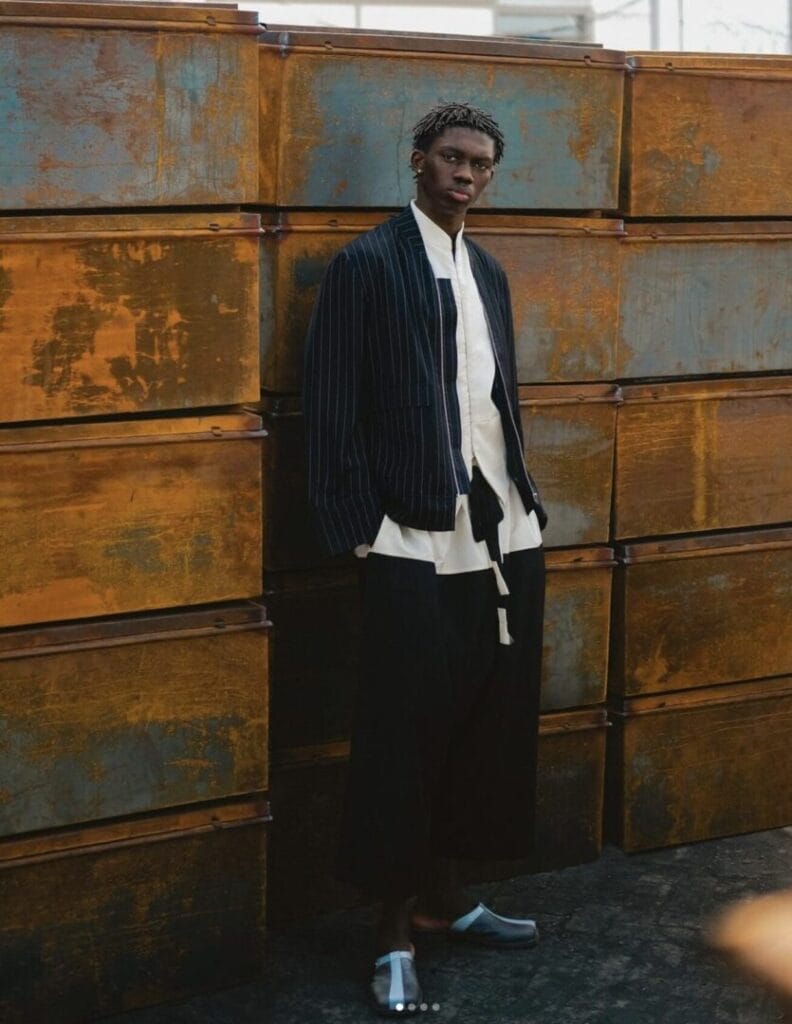
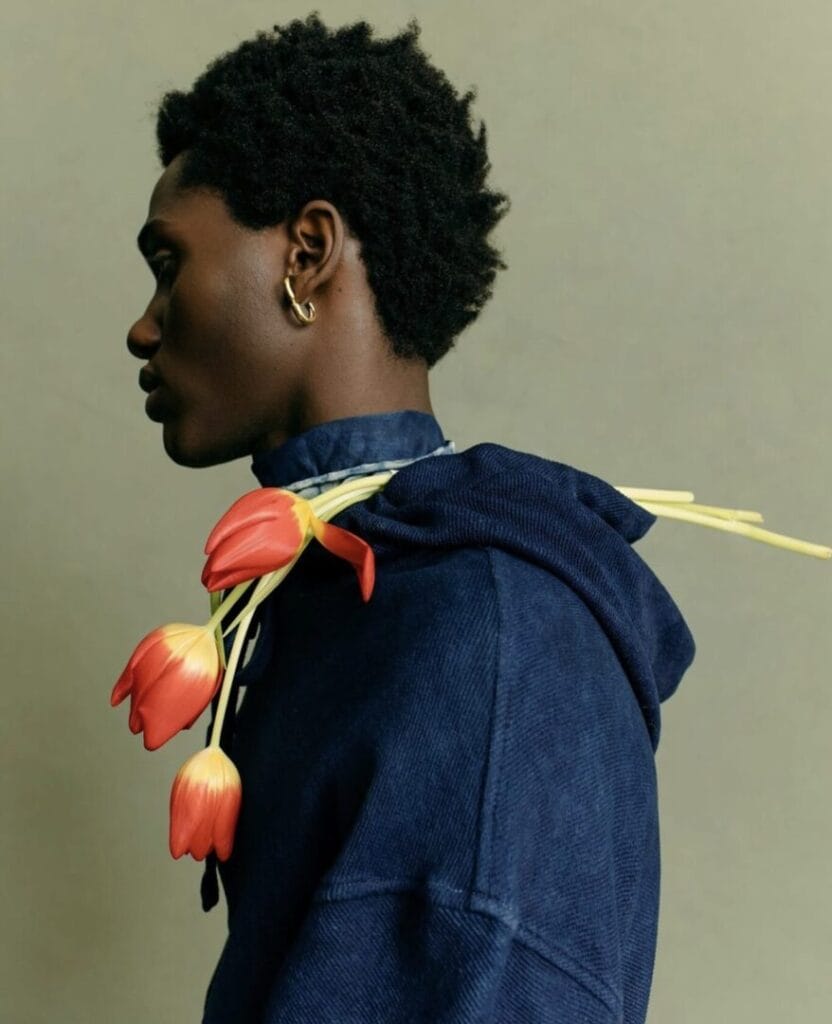
Idelle’s latest endeavor, the largest-ever exhibition of African fashion in the U.S., is set to showcase 200 works from 14 designers across the continent. This monumental event will introduce the world to the energy, culture, and unique perspectives of African designers, solidifying their place in the global fashion industry.
As the editor of Style Lujo, I had the privilege of speaking with Idelle Taye about her groundbreaking platform, Guzangs. In our interview, we delve into her motivations for launching this platform, the challenges she has faced, and her vision for the future of African fashion. We also explore the rich tapestry of African creative style, the contributions of various nations, and the potential of the American market for African designs.
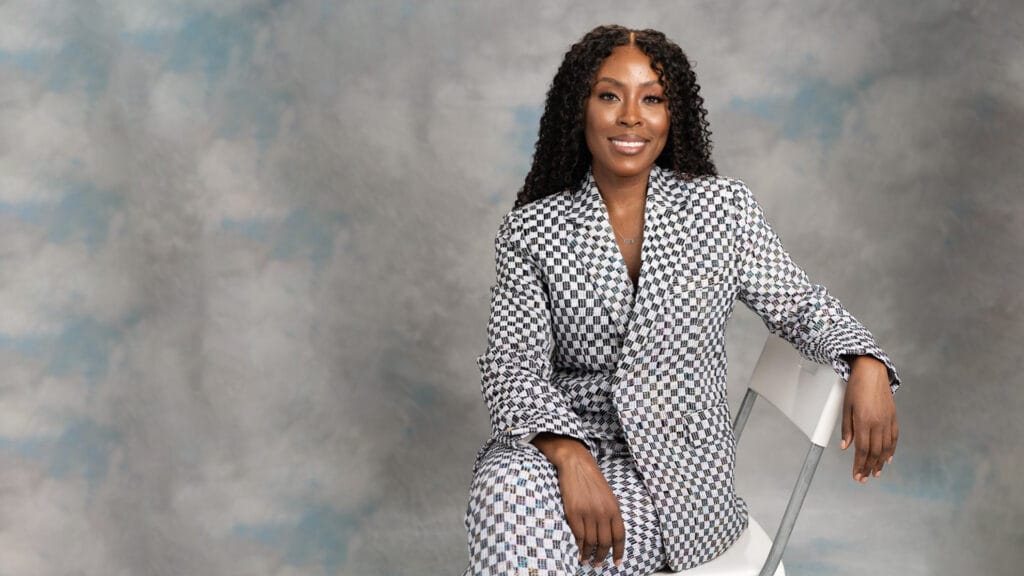
Interview with Idelle Taye: Champion of African Fashion
Joseph DeAcetis: Thank you, Idelle, for taking the time to speak with me today. Your work with Guzangs has been nothing short of revolutionary. Let’s start by discussing what inspired you to launch this platform.
Idelle Taye: I come from a very diverse country (Cameroon) where a lot of times you can identify people by their fashion choices; moving to the diaspora, there’s like a gap there, there’s no representation. We’re very intentional about bringing designers from the continent and showing people in the diaspora that this is what fashion looks like, challenging these outdated perceptions about African fashion. And spark meaningful conversations about African fashion.
Joseph DeAcetis: What is Guzangs’s ultimate goal, and what impact do you hope it will have on the global fashion industry?
Idelle Taye: Guzangs’ ultimate goal is to celebrate and elevate African craftsmanship globally. We want to be more than just a fashion brand; we aim to be a bridge between rich cultural heritage and modern fashion sensibilities. By doing so, we hope to inspire a deeper appreciation for African artistry, encourage sustainable practices, and empower artisans across the continent. We want people to see Africa not just as a source of inspiration but as a leader in the global fashion industry.
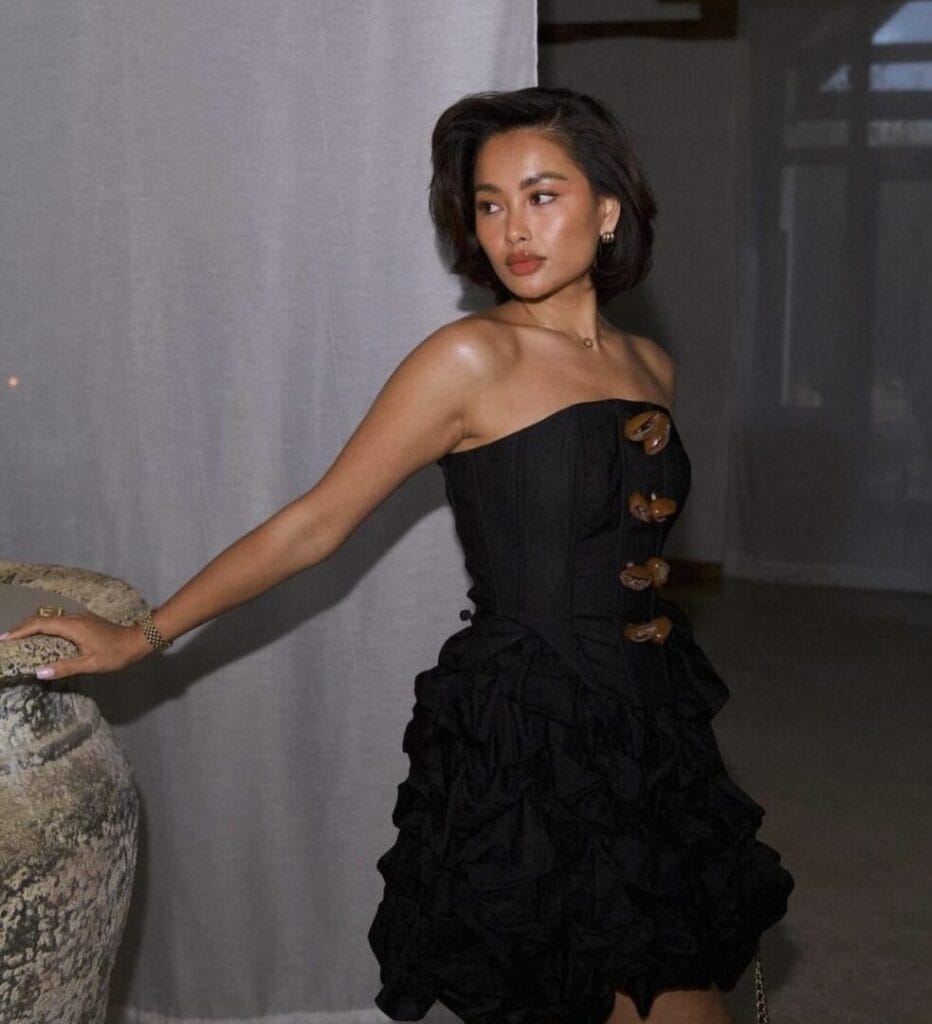
Joseph DeAcetis: What challenges have you faced in this journey, and how have you overcome them?
Idelle Taye: My journey has been filled with challenges, from battling stereotypes to navigating systemic obstacles that come with leading in the fashion industry. Each hurdle has only strengthened my resolve to keep moving forward. By staying true to who I am and drawing strength from my unique experiences, I have overcome barriers and reshaped the landscape of fashion and leadership. It’s a journey of empowerment that sets the stage for a more inclusive and equitable future for everyone.
Joseph DeAcetis: Africa is incredibly diverse, with each nation contributing its unique style. How does Guzangs highlight this diversity?
Idelle Taye:
Indeed, Africa’s diversity is one of its greatest strengths. At Guzangs, we are deeply committed to showcasing the unique styles and cultural expressions each nation brings to the global fashion scene.
Our upcoming exhibition, “Alternative Realities,” is a perfect example of how we highlight this diversity. The exhibition features 200 works from 14 designers across the continent, each bringing their distinct perspectives. From the vibrant streetwear scene in Rwanda to the heritage-infused contemporary fashion of Sierra Leone, we aim to provide a platform that celebrates and elevates these varied voices.
Guzangs does not seek to homogenize African fashion; instead, we embrace the differences, allowing each designer’s work to tell its own story. We ensure that the richness of African fashion is represented in all its forms so our audience has a true sense of the continent’s creative landscape.
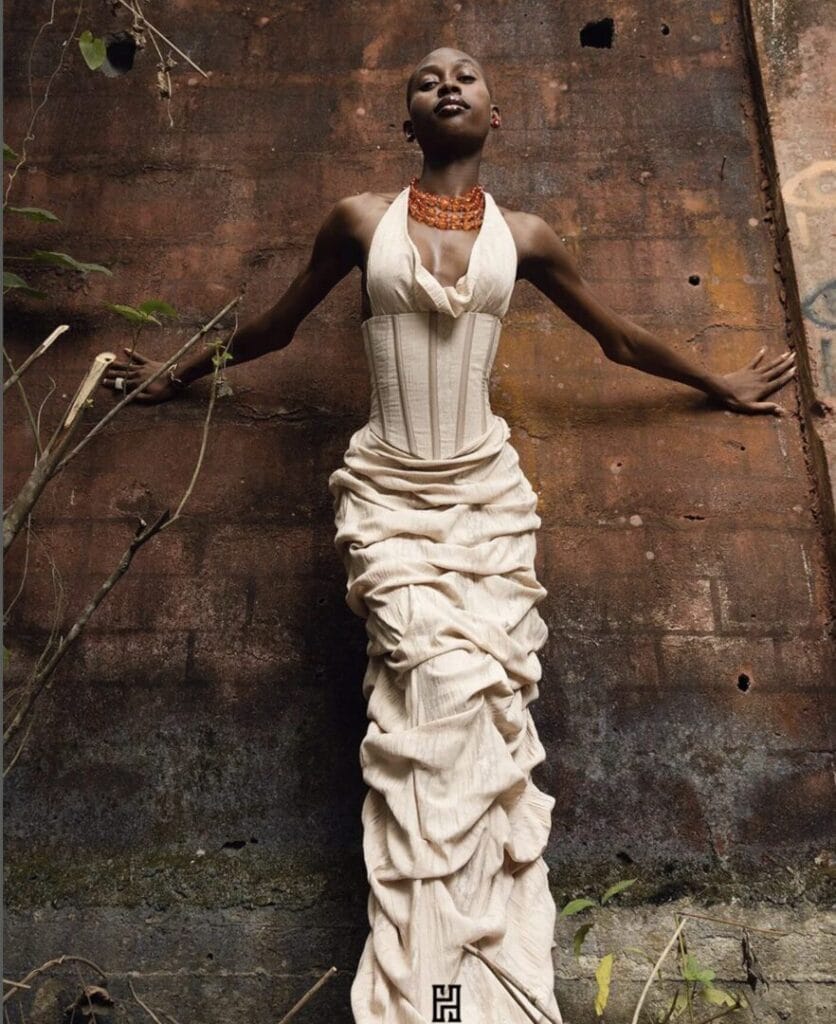
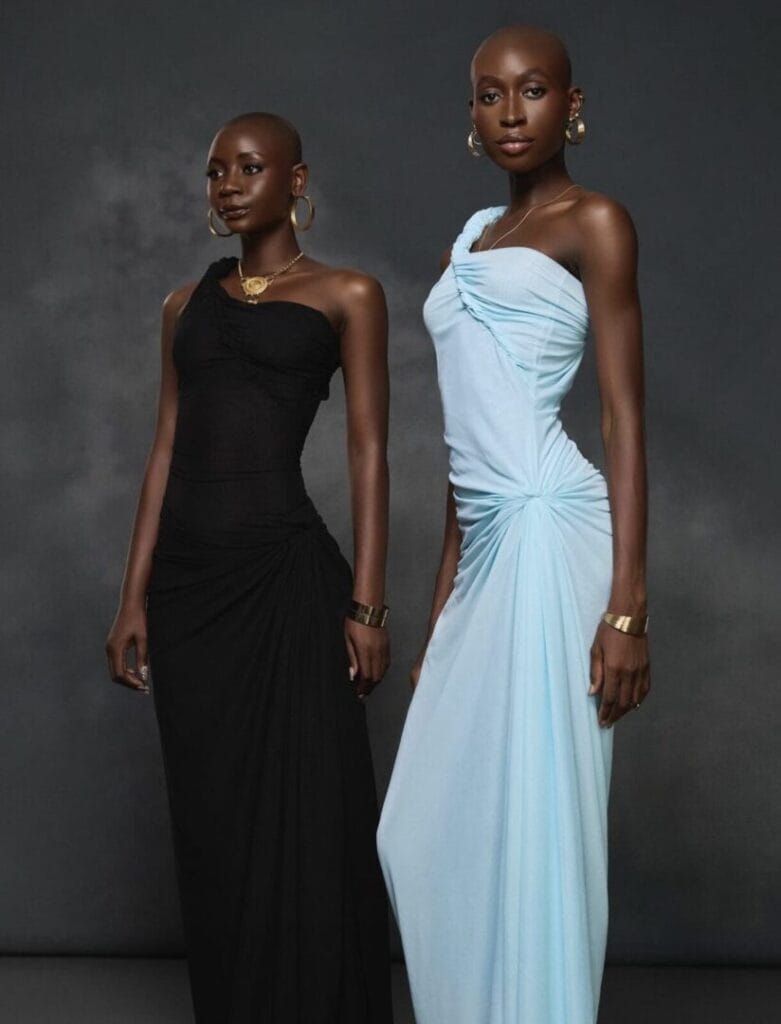
Joseph DeAcetis: What are your thoughts on the American market’s reception of African fashion? Is there a growing interest in heritage prints and modern African styles?
Idelle Taye: There’s a keen interest in African fashion within the global fashion market, but at Guzangs, we’re also focused on diversifying the narrative of what African fashion means. While heritage prints like Ankara and wax prints have gained popularity, African fashion encompasses much more.
We’re working to showcase the full spectrum of African creativity, from avant-garde designs and contemporary streetwear to luxury pieces that reflect the diverse cultures and innovations across the continent. We aim to broaden the understanding of African fashion beyond traditional prints, highlighting the modern, sophisticated, and varied expressions that truly represent the continent’s dynamic fashion scene.
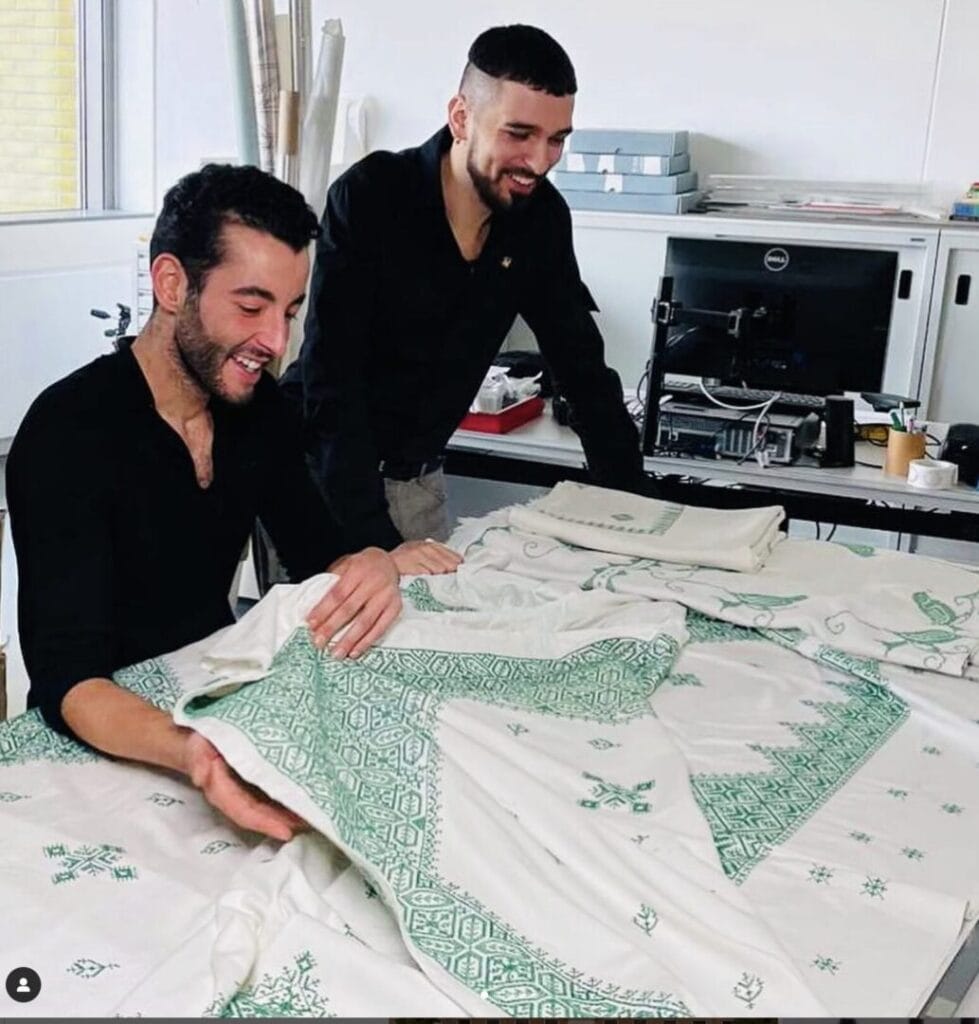
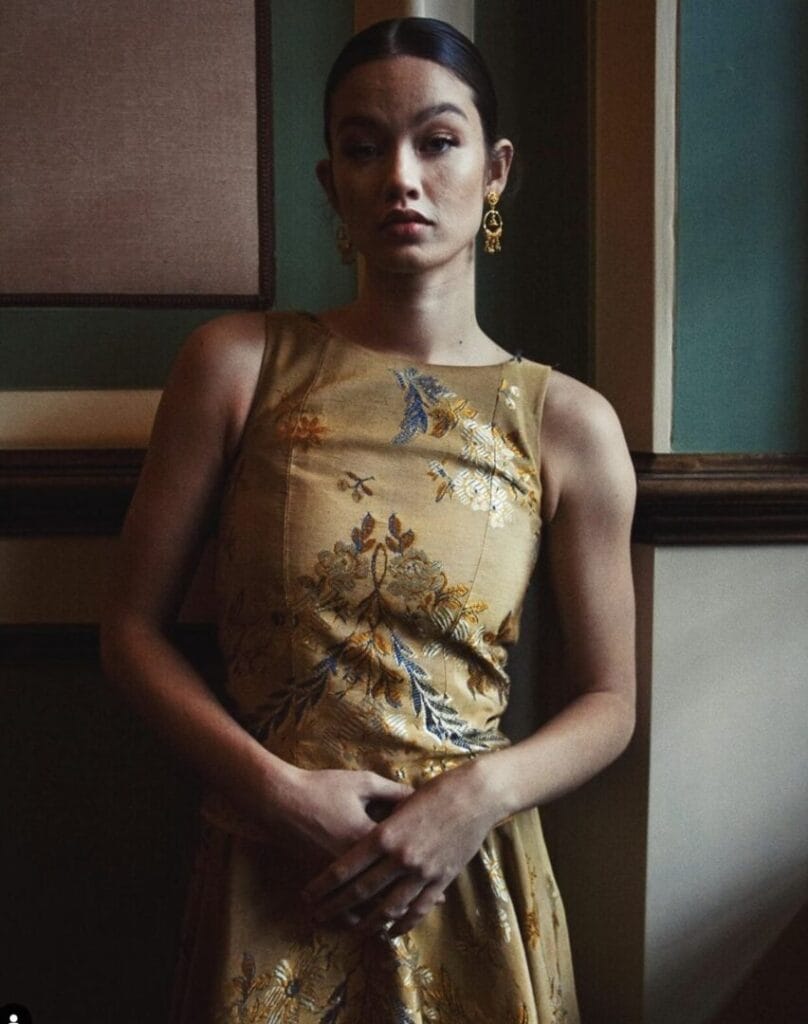
Joseph DeAcetis: Lastly, what’s next for Guzangs? Are there any upcoming projects or initiatives that you’re particularly excited about?
Idelle Taye: We are working on many exciting projects, the closest of which is the exhibit in September. It’s a first-of-its-kind African fashion exhibit with Marist College’s fashion department. This exhibition will feature nearly two hundred works from over fourteen designers across seven Sub-Saharan African countries.
This exhibition is the largest and most comprehensive display of African fashion ever mounted in the United States. It celebrates the creativity, innovation, and indelible global impact of African fashions from the mid-twentieth century to the present day. The exhibit will reflect the revolutionary ideas that have shaped contemporary notions of African identity, politics, and culture.
Confirmed designers include Hertunba, Lagos space program, Palm Wine Ice Cream, Karim Adduchi, Hamethop, Muyishime, Hawaii Shema, Gaëtan Moulandzaou, Diana Seboke, Studio Imo, and Nkwo.
There’s a focus on sustainability within this upcoming exhibit, “Alternative Realities: A View from the Continent,” Idelle mentioned how many of the designers featured are deeply committed to sustainable practices. For example, Kusi from Ghana sources nearly all his materials from Deadstock, primarily from Makola Market, the largest market in Accra. Similarly, Shema from Rwanda and Nkwo from Nigeria are leaders in sustainable and recycled fashion, showcasing how African designers are innovating.
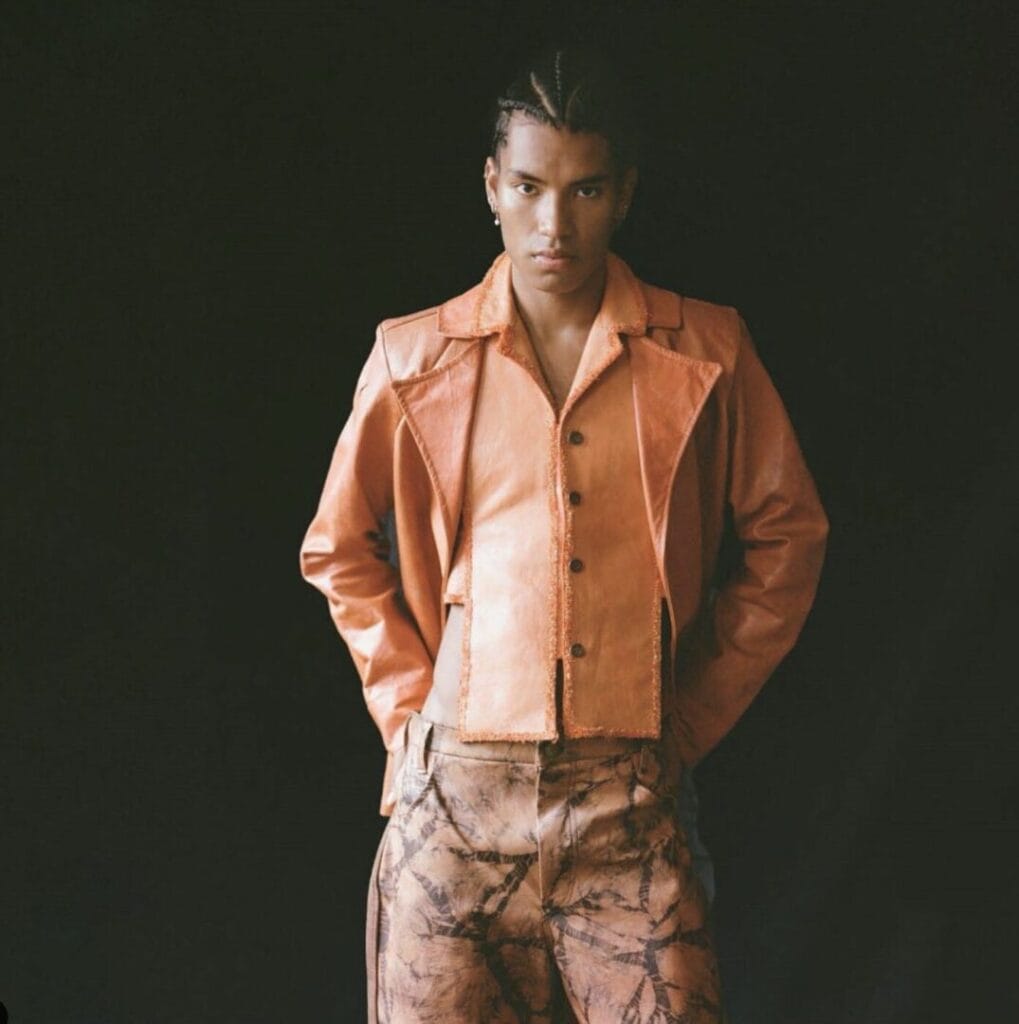
Conclusion
Through her work with Guzangs, Idelle Taye has not only elevated the profiles of African designers but also paved the way for a new era of fashion that is truly global in scope. Her vision and dedication continue to inspire, ensuring that African fashion remains at the forefront of the industry for years to come.
About the Author:
Joseph DeAcetis is a visionary force in the world of fashion, celebrated as one of the finest wardrobe stylists and art directors of his generation. His expertise and creativity have earned him accolades throughout the industry, placing him at the forefront of fashion’s evolution. Joseph’s work seamlessly weaves together style, culture, art, and fashion, with a special focus on the shifting landscape of menswear.
Over the course of his distinguished career, Joseph has had the privilege of styling and even interviewing global icons such as Elon Musk, Justin Bieber, Richard Branson, Katy Perry, Tom Brady, and A$AP Rocky, to name just a few. His influence extends beyond styling, as he has also been a prolific writer, contributing award-winning columns to esteemed publications like Esquire, People Magazine, Robb Report, and Playboy. His deep insights and captivating storytelling have established him as a leading voice in fashion journalism.
Joseph most recently served as Creative Fashion Director at Forbes Media, where his dual role as critic and reporter allowed him to explore the intersection of technology and fashion, always championing the transformative power of style. As the founder and president of POTRO, the premier Latinx menswear brand, Joseph is redefining modern menswear with a commitment to celebrating Latinx heritage and craftsmanship.
With an authoritative yet relatable voice, Joseph DeAcetis continues to inspire and influence the world of fashion, setting new standards for success and innovation.
Comments, questions, or feedback? visit me at stylelujo.com
Save Article


